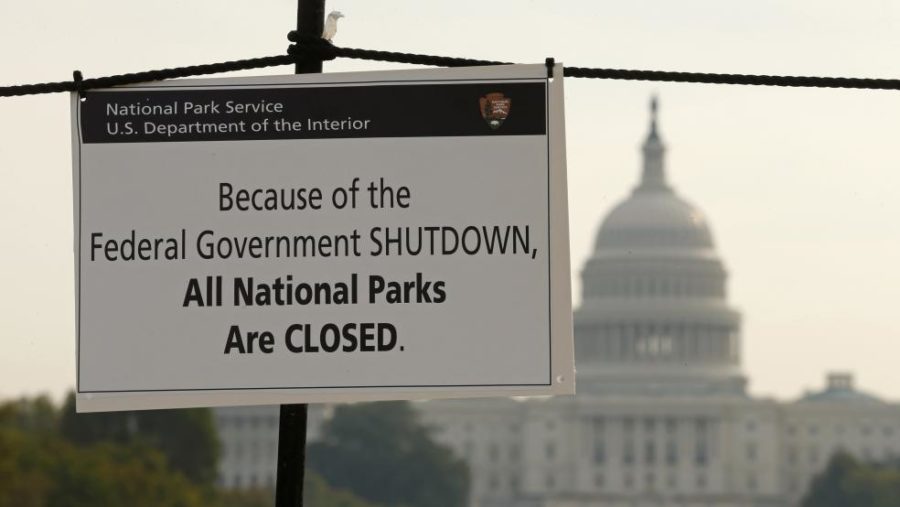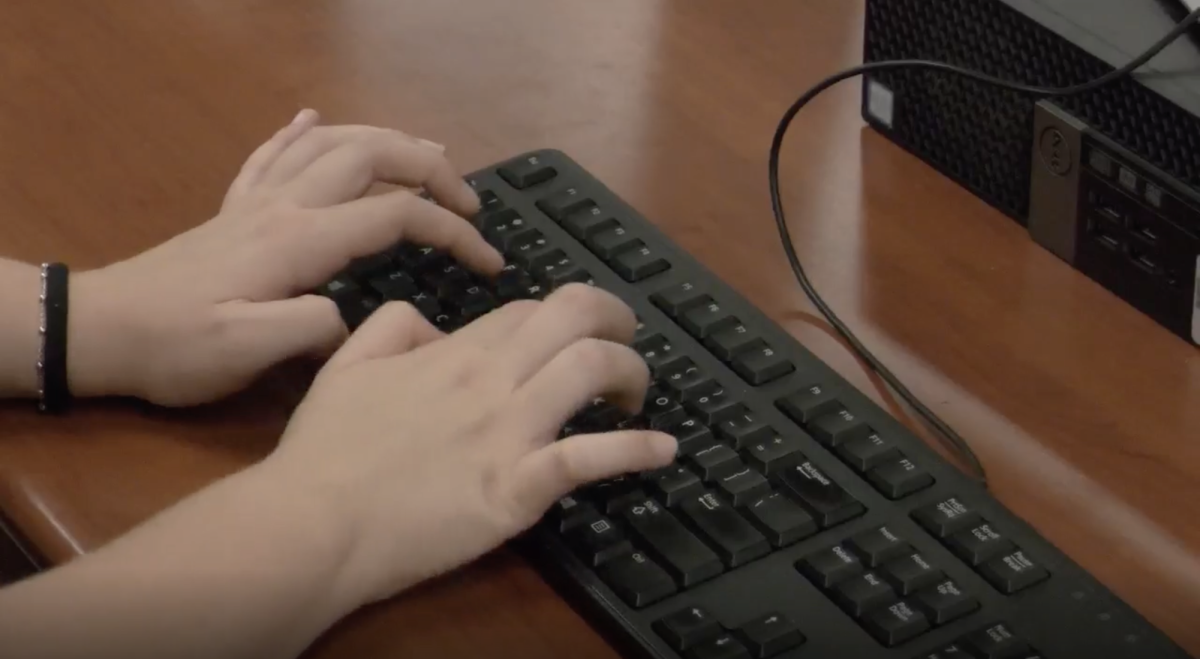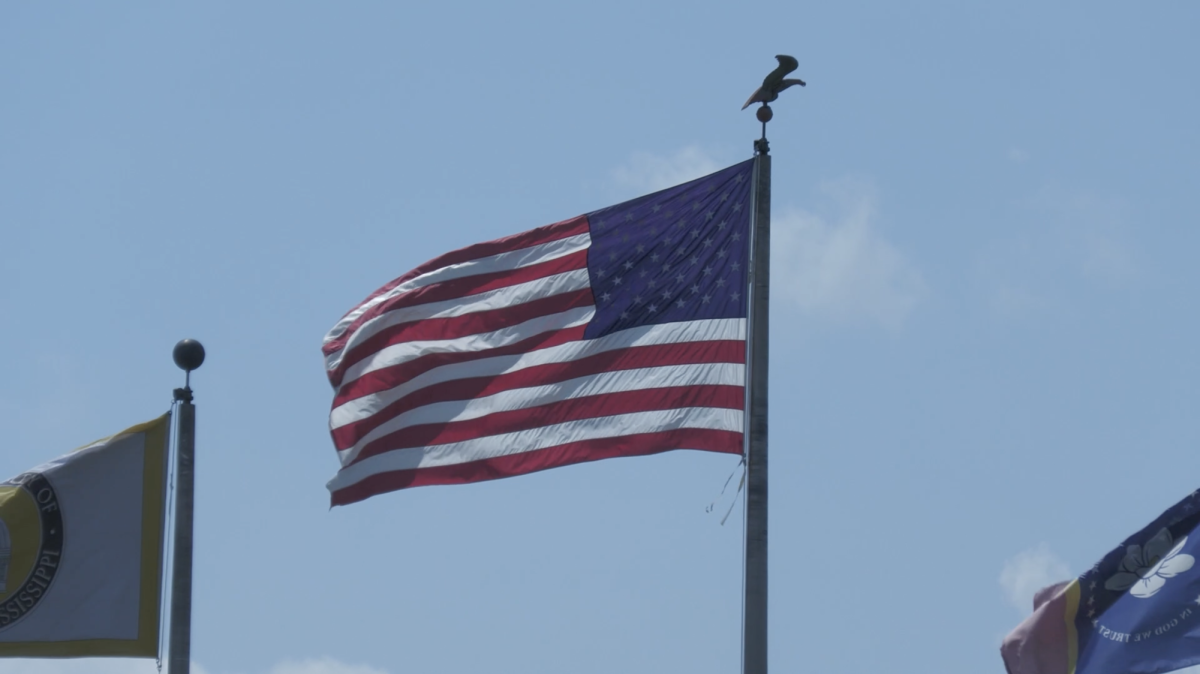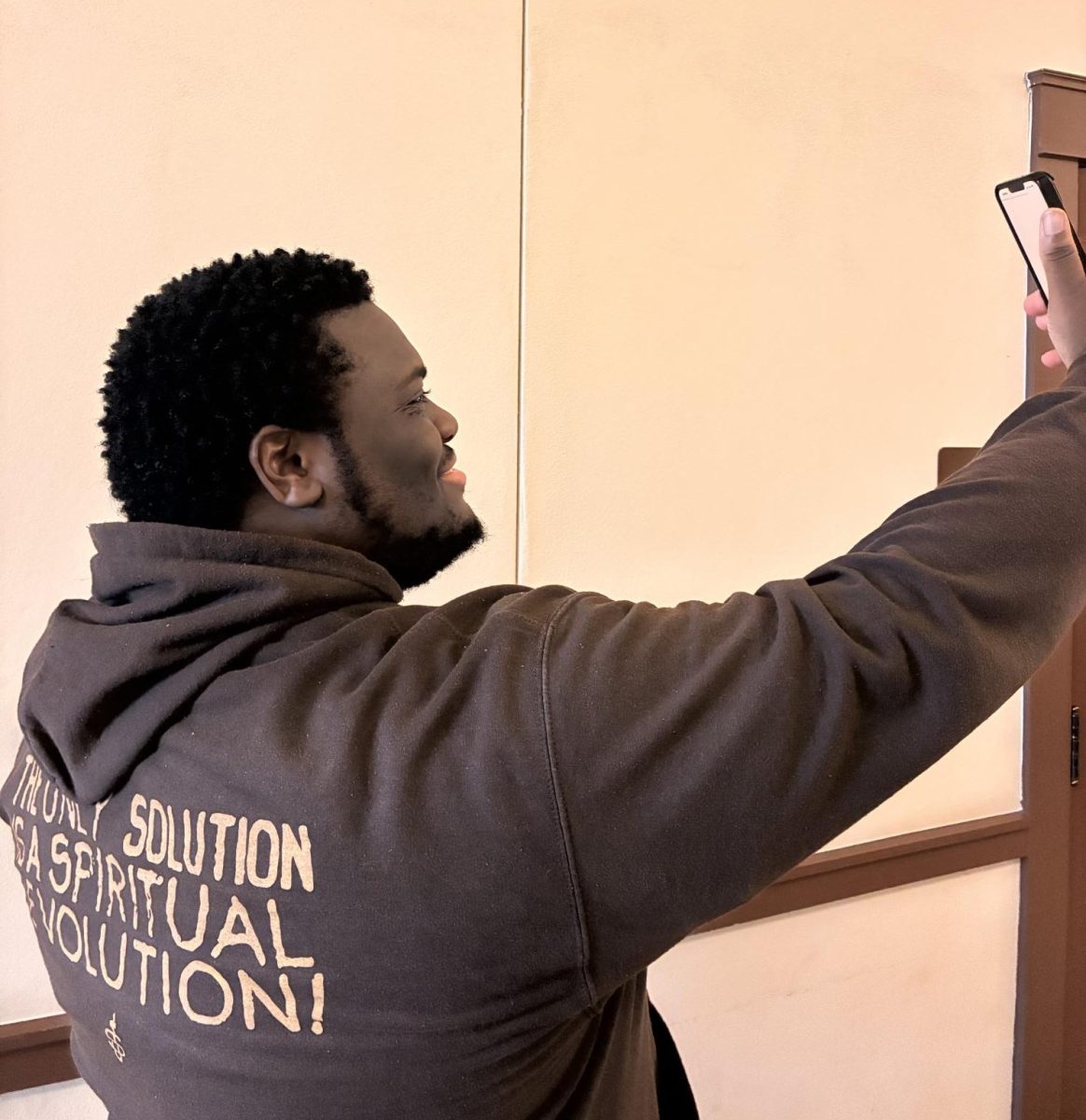For 35 days, President Donald Trump and Democratic congressional leaders, most notably current Speaker of the House Nancy Pelosi, were at odds regarding funding for border security and a wall on the U.S.-Mexico border, a top priority and campaign promise for the president.
The stalemate resulted in a partial government shutdown that began Dec. 22, 2018, and lasted until Trump signed a spending bill into law that was passed by both houses of Congress on Jan. 25. The shutdown was the longest on record in American history.
Associate professor of political science at Southern Miss Joseph Weinberg, Ph.D., explained how funding for the government usually works.
“Any money that [the federal government] spends has to be appropriated by Congress,” Weinberg said. “The way it used to work—when things worked—was that you had spending bills that got passed in September that would begin the fiscal year in October, and you would get your money for the following year.”
The spending bill that was passed is a short-term “continuing resolution;” however, it only provides funding for the government until Feb. 15. The bill also includes no new funding for border security or a border wall.
Those hit hardest by the shutdown were non-essential and furloughed federal government employees. Around 800,000 workers went without pay during the shutdown. Some of those employees worked without pay while others were sent home without pay for the duration of the impasse, including employees of the National Park Service, NASA, Transportation Security Administration, Federal Aviation Administration, Internal Revenue Service and the United States Coast Guard, among others.
Many of the employees of these agencies were either asked to stay home or worked without pay for the duration of the shutdown. Now that the government has reopened, federal employees will receive back pay for pay that was missed during the shutdown.
The president has insisted on $5.7 billion to fund and build a border wall but has been met with resistance by members of the Democrat-controlled House of Representatives.
The shutdown also caused controversy surrounding the scheduling of the president’s annual State of the Union address to Congress. On Jan. 3, the start day of the 116th Congress, the newly sworn-in Pelosi sent a letter to the president inviting him to address a joint session of Congress on Jan. 29.
As the shutdown continued, Pelosi issued another letter to the president on Jan. 16 suggesting the postponement of the address until the reopening of the government or the submission of the address in writing.
“Sadly, given the security concerns and unless the government re-opens this week, I suggest that we work together to determine another suitable date after the government has reopened for this address or for you to consider delivering your State of the Union address in writing to the Congress on January 29,” Pelosi’s letter said.
A third letter from Pelosi to Trump on Jan. 23 reiterated the stance of the Speaker and majority caucus.
“I am writing to inform you that the House of Representatives will not consider a concurrent resolution authorizing the president’s State of the Union address in the House Chamber until the government has opened,” the letter said.
At the time this article was written, a new date for the State of the Union address has not been determined.
If the president and Congress cannot reach another agreement to fund the government before Feb. 15, then another shutdown may occur. In a tweet posted Jan. 25, Trump suggested that another debate over funding for border security could ensue if a deal is not reached over the next three weeks.
“I wish people would read or listen to my words on the Border Wall. This was in no way a concession. It was taking care of millions of people who were getting badly hurt by the Shutdown with the understanding that in 21 days if no deal is done, it’s off to the races!” the president’s tweet said.
Printz reporter Caleb McCluskey also contributed to this report.
Photo courtesy of The Fiscal Times






























